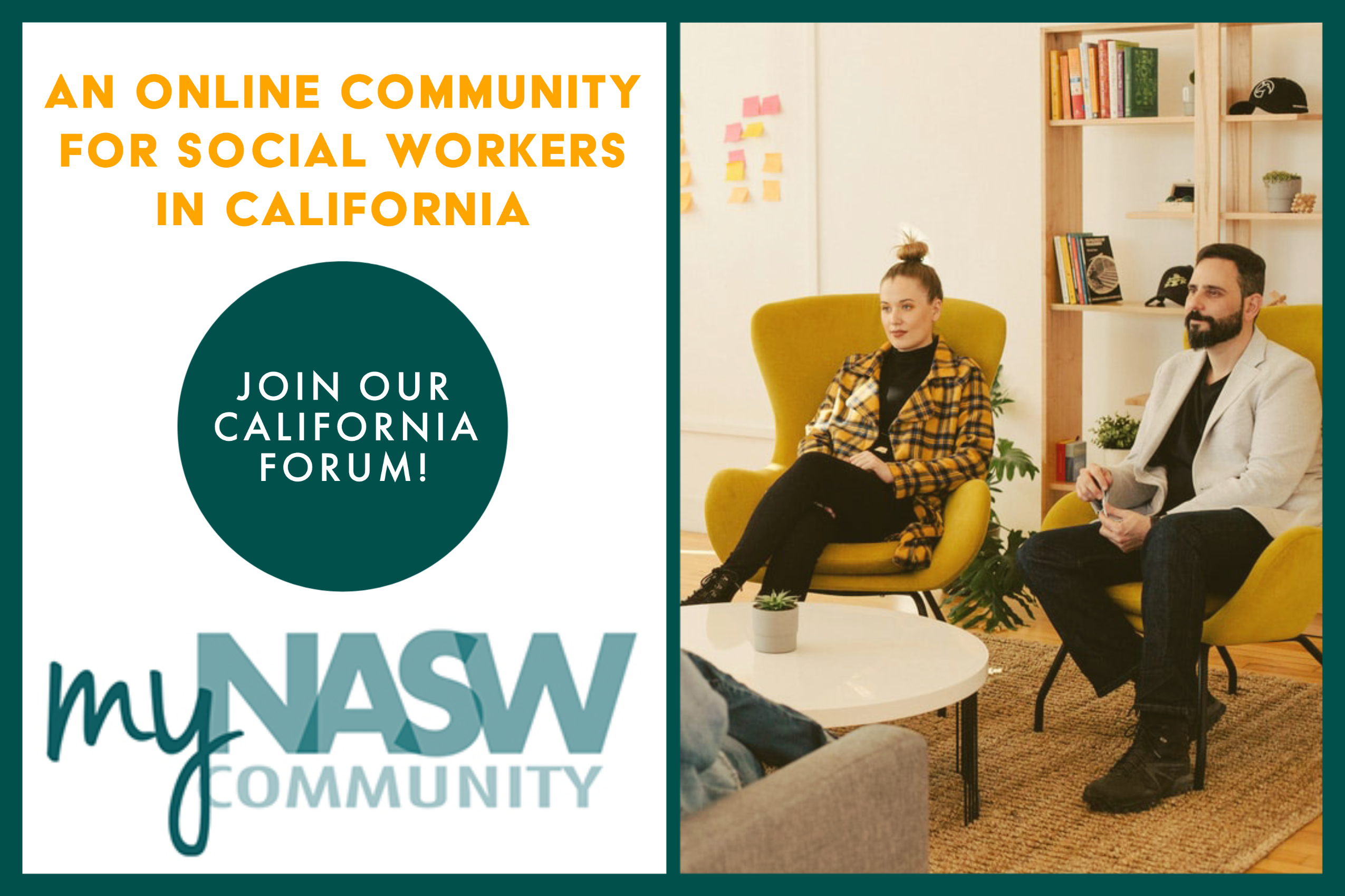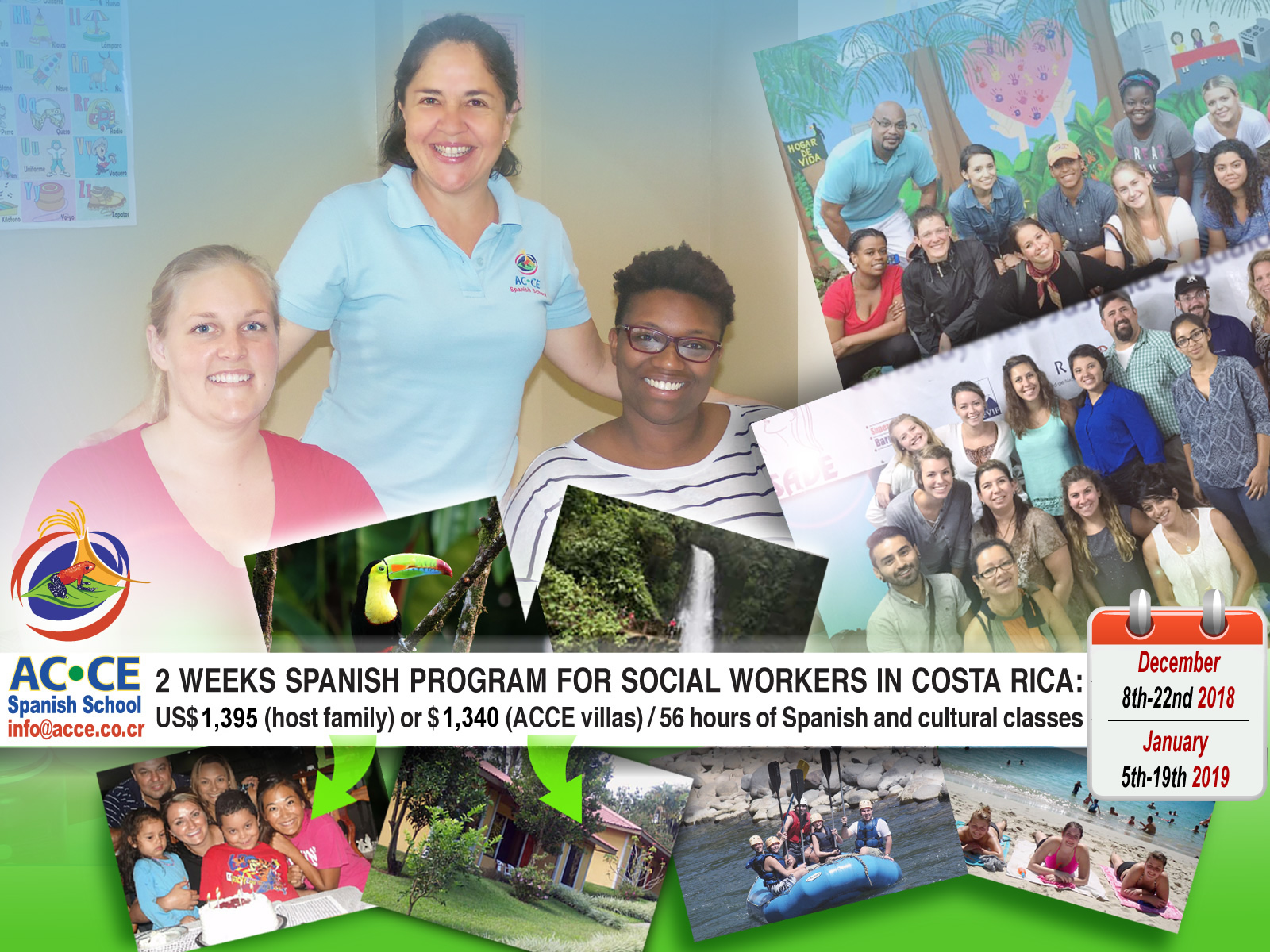What is Happening With Long Term Support and Service 
Rebalancing in California?
By Jason Bloome
Providing long term support and services (LTSS) in the least restrictive environment is the shared goal of recipients, payees, providers, physicians, social workers and other health care professionals with many positive outcomes: saving money, improving health care quality and enhancing the lives of thousands of dual-eligibles who choose to receive their care in community based rather than in skilled nursing facilities (SNFs).
Cal MediConnect is one of the steps California is implementing to rebalance LTSS. CMC will take place in eight counties with a maximum enrollment of 456,000 dual-eligibles who will have their Medicare and Medi-Cal expenses managed by state contracted California Care Initiative health care organizations (CCI HMOs). Dual-eligibles who “opt out” of CMC will have the CCI HMO manage only their Medi-Cal but not Medicare expenses.
Primary goals of CMC is improving care coordination, realigning the fragmented and misaligned Medicare and Medi-Cal programs and rebalancing LTSS from SNFs to community based care, improving access to community based settings and maximizing the ability of dual-eligibles to receive care at home or in community based care settings, whenever possible.[i]
Approximately 59,000 CMC dual-eligibles live in SNFs.[ii] Eight out of 10 are elderly.[iii] Many have care needs identical to residents who currently reside in private paid residential care facilities for the elderly (RCFEs): typically large hotel settings with 100+ beds or small board and care homes where two staff care for four to six patients. RCFEs are ideal for dual-eligibles who cannot return home (e.g., require 24-hour custodial care and/or too many IHSS hours) but who do not need skilled nursing services (e.g., have tracheostomies, g-tubes, ventilators, etc.).
The 2014 SCAN/AARP Long Term Care report card estimates at least 10,727 SNF residents on Medi-Cal LTSS have low care needs that could met in community based settings.[iv] Many more have higher care needs that could still be met in 24-hour custodial care settings. Paying for expensive SNFs for patients who do not need to be there is a very expensive proposition for CCI HMOs that will soon foot the bill.
Medi-Cal currently reimburses SNFs per capita $5,300/month. The average cost for a private paid RCFE in three counties where more than two-thirds of CMC dual-eligibles reside (Los Angeles, San Bernardino and Riverside) is $2,500/month for a shared room. LTSS rebalancing for a senior who chooses to transfer from a SNF to a RCFE saves $33,600/annually.[v]
Sociologist Erving Goffman describes as “institutionalization” attitudes people have when exposed to bureaucratic, demoralizing processes. Approaching the elderly before they develop this mindset is essential in LTSS rebalancing efforts.
Some states, like Oregon and Vermont, use nursing home diversion (also called “upstream strategies”) that allow seniors before they are discharged from the hospital to choose their care setting from the start: avoiding initial placement in the SNF, if that is their preference.
Other states use SNF transition (also called “downstream strategies”) that identify candidates in SNFs who would like to transfer back into the community. In Washington, for example, care coordinators visit within seven days patients recently discharged to SNFs to assess their risk of becoming “institutionalized” and their eligibility for SNF transition.
LTSS rebalancing from SNFs back to the community is long overdue in California. Our state ranks 32nd in the nation for SNF transition programs.[vi] Texas has had 30,000 SNF transitions since 2000.[vii] California, as of 2013, has had 1,327 SNF transitions and only 308 participants have been elderly.[viii]
CMC HMOs will soon begin laying the tracks for LTSS rebalancing from SNFs to RCFE by developing “downstream” and “upstream strategies,” flagging potential candidates, setting up RCFE networks and developing tools to predict the expected demand vs. RCFE supply and predicting future Medi-Cal cost savings: the engine that will push SNF diversion/transition in the future.
Tens of thousands of low-income elderly stranded in SNFs in California deserve the right to move back to the community. States with mature LTSS rebalancing programs are like mighty locomotives steaming down the tracks carrying thousands of passengers. Many have already relocated 25 percent to 35 percent of their SNF populations to RCFE settings.[ix] In California, isn’t it about time our train left the station?
Jason Bloome is the owner of Connections. For more information, please call (800) 330-5993 or visit www.carehomefinders.com. He can also be reached at carehomefinders@gmail.com.
REFERENCES
[i] SCAN technical brief series, 2013: Long Term Care Fundamentals: www.thescanfoundation.org/sites/thescanfoundation.org/files/ltc_brief_dualeligibles_integration_efforts_11-april2013.pdf.
[ii] 13% of CMC dual-eligibles live in SNFs. Cal Duals Fast Facts: www.calduals.org/background/fast_facts/.
[iii] California Association of Health Facilities: www.cahf.org/MediaCenter/FactsandStatistics.aspx.
[iv] 2014 Long Term Support and Services report card by AARP/SCAN: www.longtermscorecard.org/databystate/state?state=CA.
[v] (5300-2,500) x 12 = 33,600.
[vi]Medicaid Expenditures for LTSS in 2012: Truven Analytics: www.medicaid.gov/Medicaid-CHIP-Program-Information/By-Topics/Long-Term-Services-and-Supports/Downloads/LTSS-Expenditures-2012.pdf: pages 37 & 50.
[vii] Money Follows the Person and other SNF transition programs in Texas according to Laura Gold, Texas, Assistant MFP Director.
[viii] Most MFP transitions (535) in California have been for younger people with disabilities: Mathematica, MFP Summary December 2013: www.mathematica-mpr.com/~/media/publications/pdfs/health/mfp_jan-jun2013_progress.pdf: page 49.
[ix] Reinhard, Susan. Diversion, Transition Programs Target Nursing Homes’ Status Quo. Health Affairs, http://content.healthaffairs.org/content/29/1/44.full.











